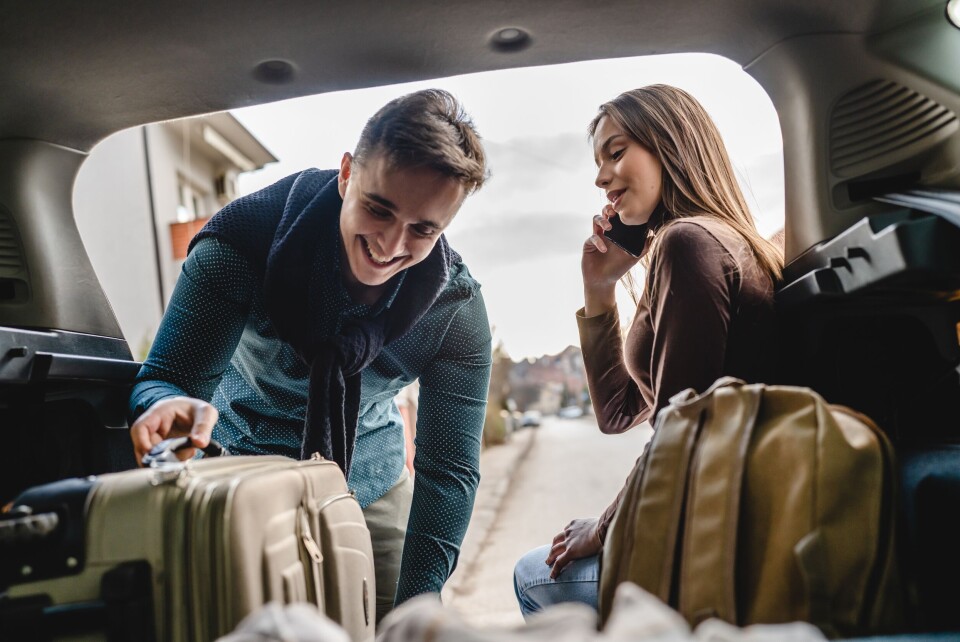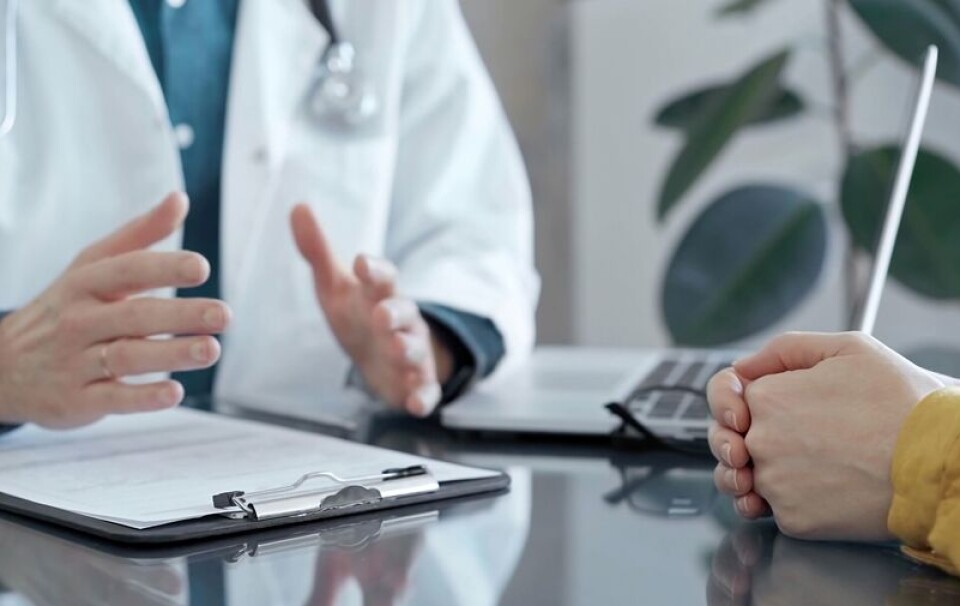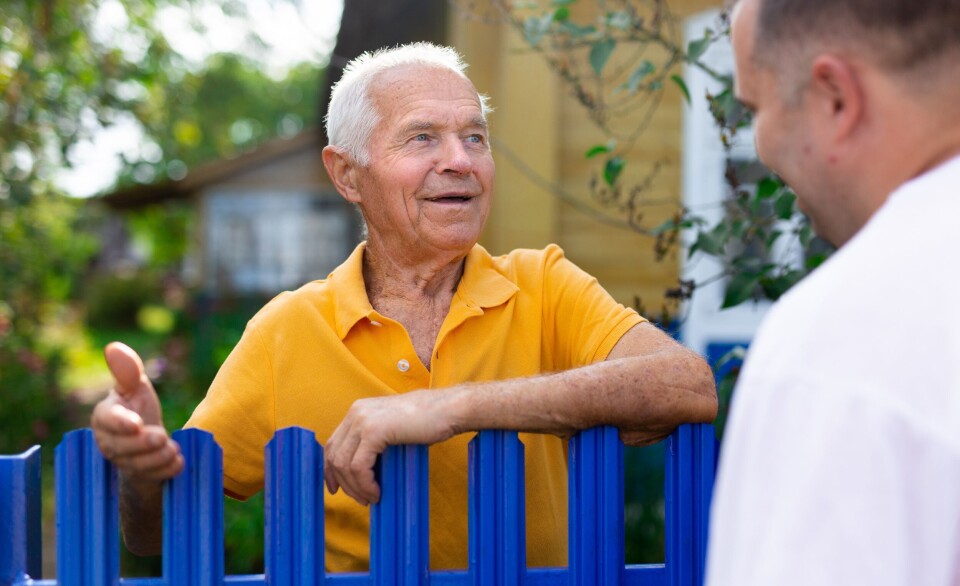-
MPs push to remove low emission zones in France
Critics say the zones penalise lower-income households, but the government has warned abolishing them could cost billions
-
Map: where are there free motorways in France?
Only around one-quarter of France’s main road network is free from tolls
-
Motorcycle riders in France are facing significant rises in insurance fees
We look at how age and where the vehicle is parked impact costs
Six tips for a safe and enjoyable French road trip this summer
From pre-journey checks to avoiding service stations, we look at key government advice for journeys in France

1. Check your car and stock it up before leaving
You should check your car’s key functions before leaving, including its brakes, steering wheel, headlights, wiper blades, battery, and tyres.
You should also check screenwash, coolant, oil and brake fluid levels.
Also make sure you have the essentials – such as your mandatory yellow vest, breathalyser, and warning triangles, as well as equipment to change a tyre, a first aid kit, and a torch.
Read more: France driving: What must residents and visitors carry in their cars?
2. Check your route
Before departing, you should check the weather forecast – both for your destination and your route, if driving a particularly long way.
You should also check the general traffic predictions on Bison Futé, and where possible, use an app to check live traffic levels on your planned route.
If possible, have a backup route in mind.
For example, Coopits is a government application providing real-time traffic updates from road network managers, available on Android phones (it is currently available as a test beta on iPhone, ready for a full release soon).
If using an electric car, check your route for charging points – although these are now found at most service stations. However, they are not always available to all electric car users.
You can also check your route to see if you need to pay any tolls, so you are not caught short. Most tolls can now be paid with cards, or using apps, however.
Do not set yourself a strict arrival time as road conditions could change the length of your journey significantly.
Read also: Highest-level warning for traffic on French roads this weekend
3. Pack your car correctly
If taking lots of luggage, make sure you pack your car correctly, both to maximise possible space and minimise the risk of accidents.
The heaviest bags should be placed at the bottom of your car’s boot, with progressively lighter bags on top.
No heavy bags should be put on your boot’s ‘shelf’, as sudden breaking could cause items here to hit passengers in the backseat at high speeds – limit it to clothing, etc.
Make sure essentials (food, water, nappies and entertainment for young children) are within easy reach, without necessarily needing to stop the car.
If driving with children, make sure they have something planned to do (a game, book, CD to listen to, etc).
If using a roof rack or other tool to carry equipment on your roof, make sure you have the manufacturer’s specific instructions at hand and do not exceed weight/size limits.
4. Be in the right condition to drive
Make sure you are well-rested before driving, and try to set off earlier in the morning before doing too many things – try your best not to do a long drive after a day’s work.
Do not take medication that may affect your driving abilities or drink before driving.
You should take a small break every two hours whilst driving, and keep hydrated with a soft drink at hand.
Read more: What should you do if your vehicle breaks down on a French motorway?
5. Adapt your driving conditions to your surroundings
If driving past a work site, you should slow down and if possible, change lanes to get further away from the workers – failing to do so could come with a €135 fine and losing points on your licence.
When entering a tunnel, read the information on the live update sign board – on top of this piece of advice, the Ministry of Transport has released a number of short videos about driving safely through tunnels.
If you are bringing your pet with you, you should also make sure they have food and water and are comfortable in the car. Cats should be kept in a travel cage whilst in the car.
Our article below also explains what you should do if you see an animal in distress when driving.
Read more: How to raise alarm if you see a pet in distress on your French travels
6. Consider pausing at a ‘stopover village’
Stopover villages (Villages Étapes) are small locations (fewer than 5,000 inhabitants) located less than five minutes from a major road in France.
These government-approved villages have numerous parking for drivers to take breaks when on a long journey, and provide an alternative to service stations on motorways.
They also have a number of shops, restaurants and local services, allowing you to buy local products on your journey.
There are currently 76 of them in France, and you can read more about them, as well as locate ones on your route, on the official website – many of them are located in Brittany and Normandy, popular holiday destinations, especially for Parisians.
Read also
Alcohol, drugs and technology blamed as French motorway deaths rise
























